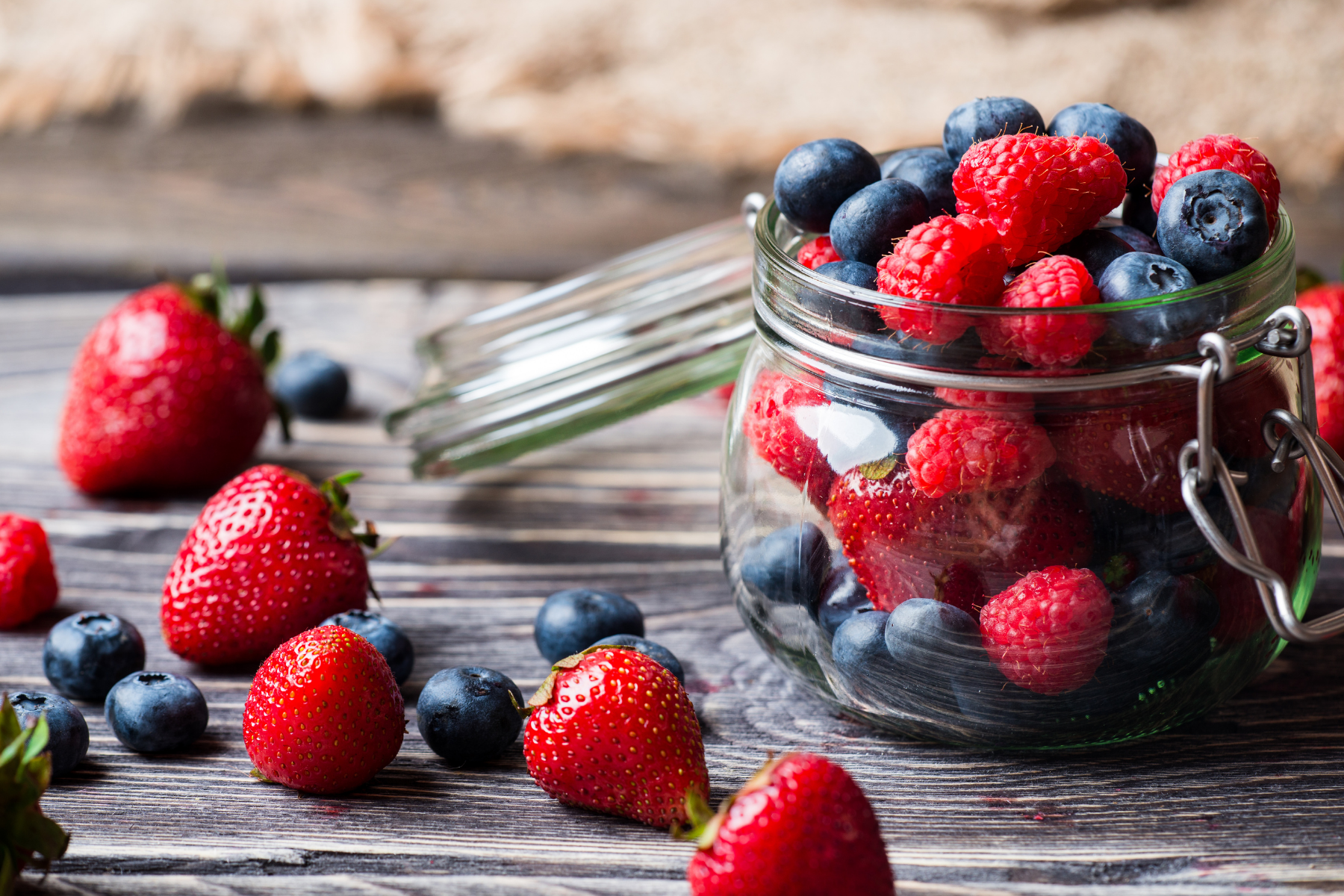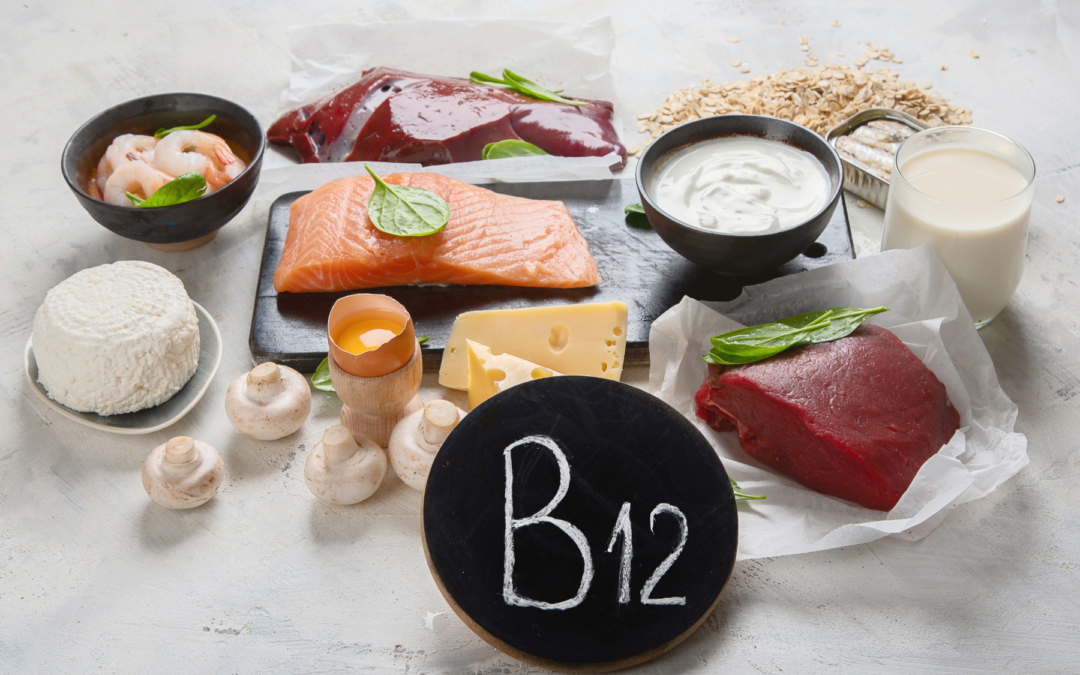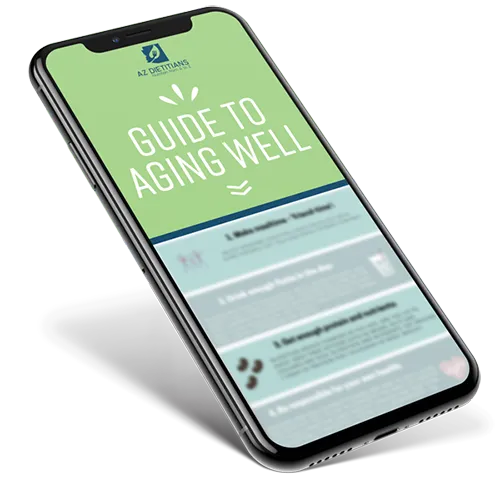Polyphenols are a hot topic amongst nutritionists and scientists as of late. They are chemicals found in our food naturally. They are beneficial for so many different things. We find polyphenols in fruits and vegetables, wine, chocolate, and even in skincare products that promote glowing skin and have anti-aging effects. So why are they so popular? The easy answer is that they’re good for us. Let’s dive a little deeper and find out why.

What are polyphenols?
Polyphenols are plant metabolites that help protect plants against pathogens and UV radiation. They also provide tons of benefits to the human body. They are the chemicals that give color and flavor to fruits and vegetables. They often act as antioxidants.
The different types of polyphenols are called flavonoids, phenolic acids, lignans, and stilbenes. Each type has a unique chemical structure that benefits us in different ways.
Flavonoids make up the majority of them in the human diet. They are found in tea, wine, apples, berries, cherries, soybeans, and citrus fruits. They have antioxidant and anti-inflammatory effects on the body. Specifically, they can help lower blood pressure and the risk of type 2 diabetes among other benefits.
Phenolic acids make up one-third of the polyphenols we eat through food. These are in all plant foods, but there are a lot more in fruits that taste acidic. Fruits, vegetables, coffee, red wine, and grains have phenolic acids. Phenolic acids are vital in reducing inflammation, aging, and chronic diseases.
Lignans are in seeds, whole grains, legumes, fruits, and vegetables. These have a steroid-like structure, which helps them act as potent anti-inflammatory compounds as well as an effective antioxidant and anti-tumor agents.
Stilbenes are the least common type. They are in small amounts in some foods, like red wine, grapes, blueberries, and cranberries. One of the most commonly studied stilbenes is resveratrol. This is found in the skin of red grapes and has many benefits against heart disease, obesity, and diabetes, and it also aids in the protection of nerve cells. Others have great neuroprotective benefits that can help against neurodegenerative diseases such as Age-Related Macular Degeneration and Alzheimer’s disease.
Other Benefits
Polyphenols often act as antioxidants, meaning they get rid of free radicals in the body. Free radicals are unstable atoms that damage our cells. They cause illnesses like cancer and speed up the aging process. Antioxidants also benefit our skin when used in skincare products.
They are a key part of a healthy diet. We can technically survive without them, but our bodies benefit greatly from them. Some of the notable benefits of are:
- Preventing Angiogenesis: Angiogenesis is when our bodies grow extra blood vessels that we don’t need. This may lead to the growth of cancer tumors. In some cases, preventing this growth may be the difference between getting cancer or not getting cancer. Some can even help improve chemotherapy treatment in cancer patients. Specific ones used for this include quercetin, curcumin, resveratrol, and kaempferol.
- Anti-aging: The antioxidant effects help slow down the aging process. As we age, we cannot remove free radicals as well as we once could. This allows the free radicals to cause damage to our bodies. This damage can lead to cancer growth, neurological diseases like Alzheimer’s, memory loss, and multiple sclerosis. Free radicals damage our DNA, leading to mutations and causing these diseases.
- Improved gut health: the bacteria in our gut have a link to our physical and mental health. Our gut has mostly good bacteria and some bad bacteria. It’s important to have a balance of both to keep our immune systems strong. The health of our gut relies on the foods we eat. Our gut bacteria are happiest when we have more polyphenols in our diet. We know we typically get them from fruits and vegetables that also contain fiber. Not eating enough of these important chemicals can lead to a leaky gut. This is when the walls of the intestine become inflamed and no longer act as a barrier. This allows toxins to go through the wall and build up in the body. It can cause poor digestion and weaken our immune systems.
Where are they found?
They are common in plant foods like fruits, vegetables, herbs, spices, and seeds. As mentioned above, different foods will have more or less of the different groups of polyphenols. All will have antioxidant effects, and most will also have anti-inflammatory effects. Below are some foods with a high polyphenol content:
- 1 oz of cloves has 542 mg
- 1 oz of peppermint has 427 mg
- ½ cup of blueberries has 560
- 100 grams of black chokeberry has 1700 mg
- 8 oz of pomegranate juice has 570 mg
- 1 small artichoke has 260 mg
- 1 tbsp of cocoa powder has 516 mg
- 100 grams of hazelnut has 495 mg
- 100 grams of pecans have 493 mg
Polyphenols are also in organ meats. The best way to get polyphenols from organ meats is to pay attention to how the animal was raised. Choosing meat from grass-fed animals without antibiotics or hormones would be a better choice.
How many polyphenols should I eat?
Research following how many polyphenols people from Mediterranean regions eat gives us the best idea as to how many polyphenols we should try to eat. This is because people living in the Mediterranean region have fewer cardiovascular disease cases, less cancer risk, less risk of dementia and Alzheimer’s disease, and less risk of developing diabetes. The Mediterranean diet consists of fresh fruits, vegetables, whole grains, seafood, healthy fats, and legumes. So what does this mean for polyphenols? Studies in Spain and France found that the average intake of polyphenols was between 820-1193 mg/day. Other studies found that 332-663 mg/day was common in Sicily and a small Spanish island called Mallorca Island.
To benefit from polyphenols, a range to aim for is 500mg-1200mg per day. This is based on the average amount of polyphenols eaten by those in the Mediterranean region.
What about supplements?
There isn’t a maximum amount of polyphenols that is considered safe to eat. Supplements have a higher amount of polyphenols than foods do. This makes it easier to reach your daily polyphenol goals. It can also make it easy to get too many polyphenols in, which can increase the risk of stroke. Getting polyphenols from supplements rather than plant foods may not be as effective. Plus, you’d be missing out on the other nutrients in those foods such as fiber.
The bottom line
Getting a good amount of polyphenols each day can have an effect on the way you feel by lowering inflammation, slowing down the aging process, keeping your gut healthy, and preventing a decrease in brain function. Eating a variety of fruits, vegetables, herbs, spices, and nuts will provide you with many types of beneficial polyphenols. If you’re interested in getting more polyphenols into your diet, start by adding a serving of fruits and/or vegetables to your meals, snacking on nuts, and cooking with more herbs and spices.






